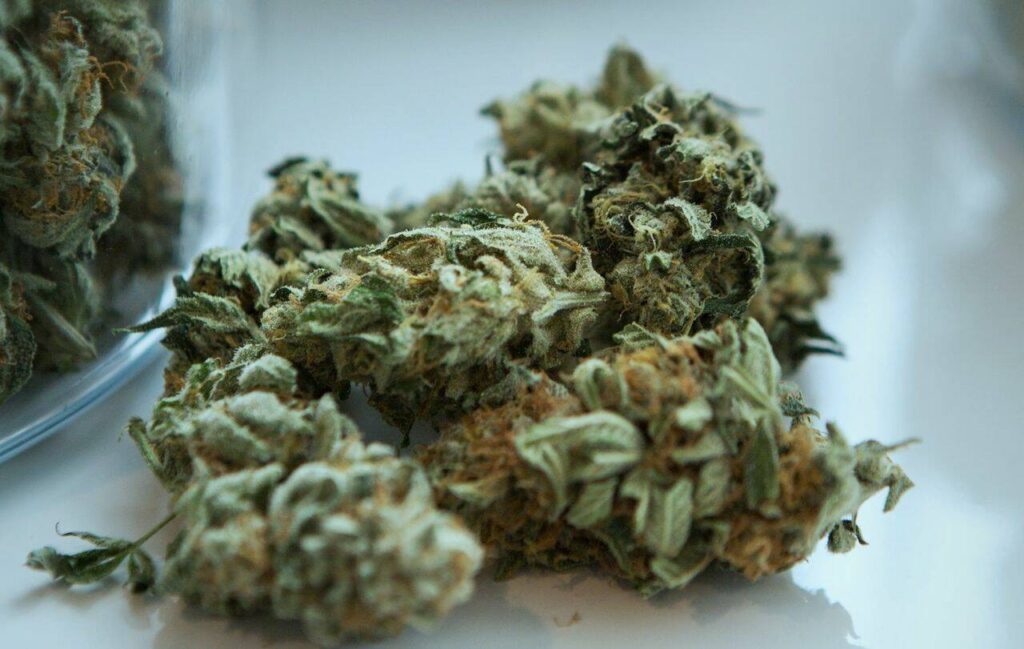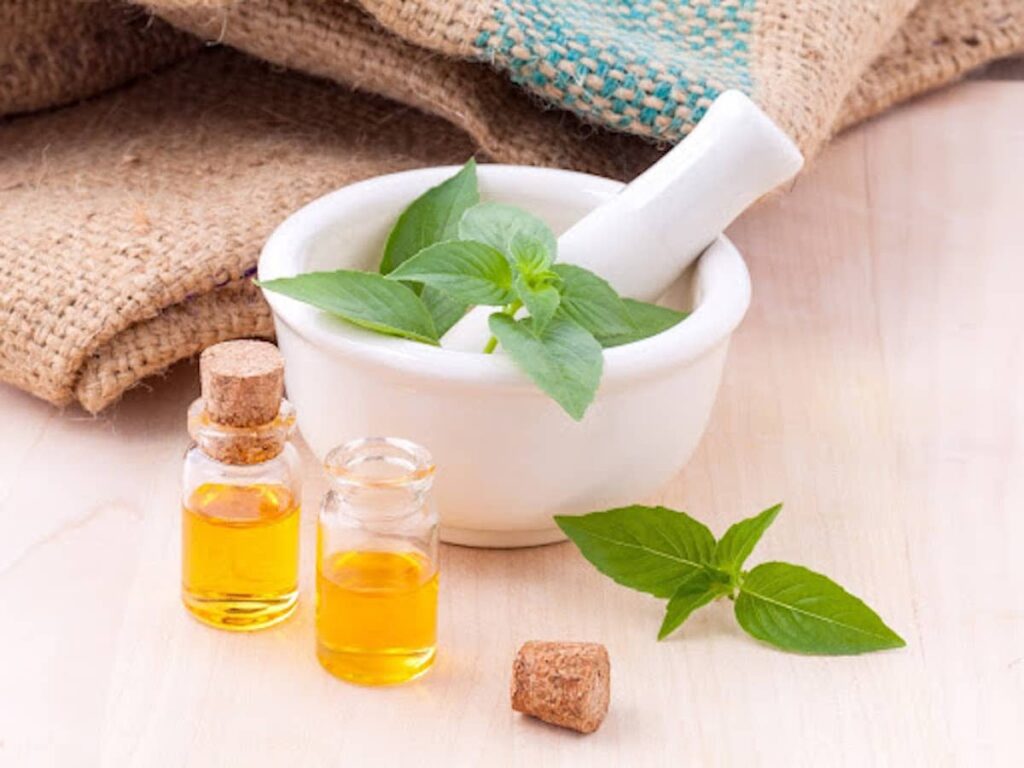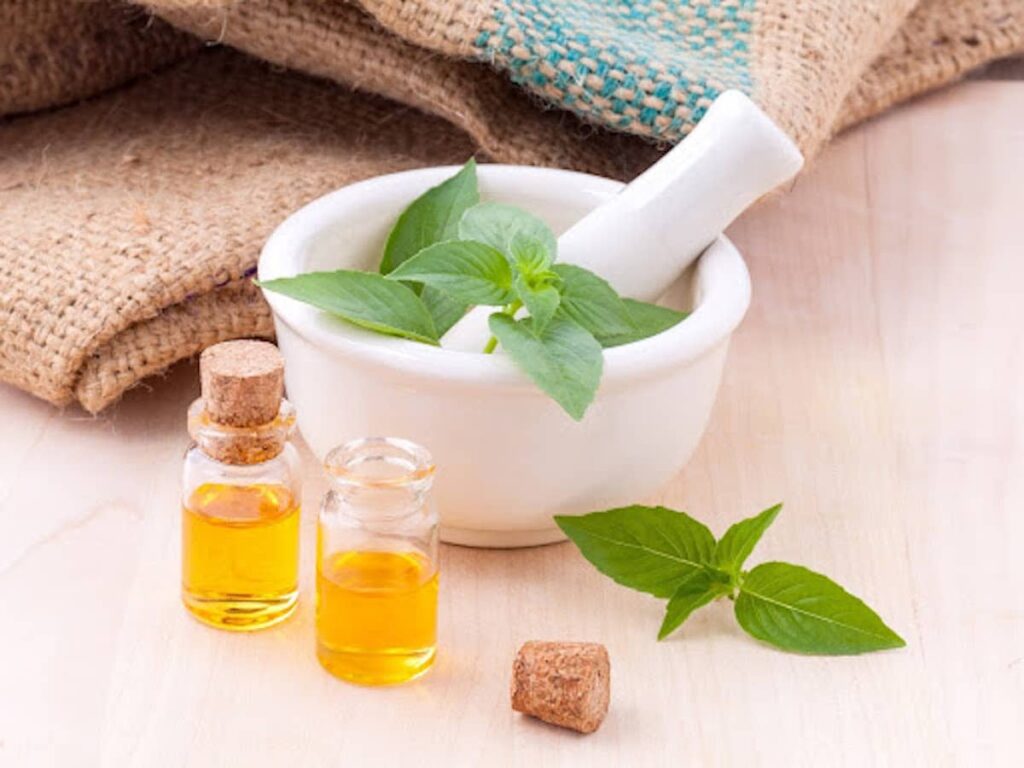A bathroom is more than just a functional space it is a retreat where you begin and end your day. Remodeling this essential room can transform it into a sanctuary of relaxation and style. Whether you are looking to modernize an outdated design, improve functionality, refresh the look, remodeling services can guide you through every step of the process, ensuring your vision becomes a reality. Consulting with a professional designer can help you articulate your needs and preferences.

Planning and Design
The journey to a newly remodeled bathroom begins with thoughtful planning and design. Start by assessing your current bathroom’s layout, functionality, and aesthetics. Perhaps you want to incorporate energy-efficient fixtures or make the space more accessible. They will work with you to create a design that balances style with practicality, ensuring the end result meets your expectations. During this phase, you will explore various design elements, such as tile selections, cabinetry, countertops, and fixtures. Customizing these elements to suit your taste will help create a cohesive and inviting space and read more at https://elegantbathandremodel.com/gilbert/bathroom-remodeling/.
Budgeting and Planning
Once you have a design in mind, it is time to establish a budget. Remodeling can range from a modest update to a full renovation, so it is crucial to set a realistic budget that aligns with your goals. A detailed budget plan should include all aspects of the remodel, such as materials, labor, and any additional costs that may arise. Professional remodeling services can provide you with a cost estimate based on your design choices and project scope. They can also offer advice on where to invest and where to save, ensuring you get the most value for your money.
Choosing the Right Contractor
Selecting a reliable contractor is essential for a successful remodeling project. Look for contractors with a strong reputation, positive reviews, and a portfolio of completed projects similar to yours. It is beneficial to get multiple quotes and discuss your project in detail with each potential contractor. Ensure they understand your vision and can provide a timeline for completion.
Execution and Construction
With a contractor in place and plans finalized, the remodeling process begins. This phase involves demolition, construction, and installation of new materials and fixtures. Effective communication with your contractor throughout this stage is crucial to address any unexpected issues or changes. During construction, be prepared for some disruption to your daily routine. However, a professional team will work efficiently to minimize inconvenience and complete the project on schedule.
Final Touches and Quality Assurance
Once construction is complete, the final touches are applied. This includes painting, installing hardware, and finalizing any remaining details. A thorough inspection ensures everything is in working order and meets your expectations. Quality assurance is a key component of the remodeling process. A reputable contractor will stand by their work and address any issues that arise after completion. Ensuring your satisfaction with the finished project is their top priority.
Bathroom remodeling services provide a comprehensive approach to creating a fresh and inviting space. From initial design to final inspection, their expertise ensures a smooth and successful renovation. With careful planning, budgeting, and the right team, your bathroom can become a stylish and functional retreat that meets your needs and exceeds your expectations.





